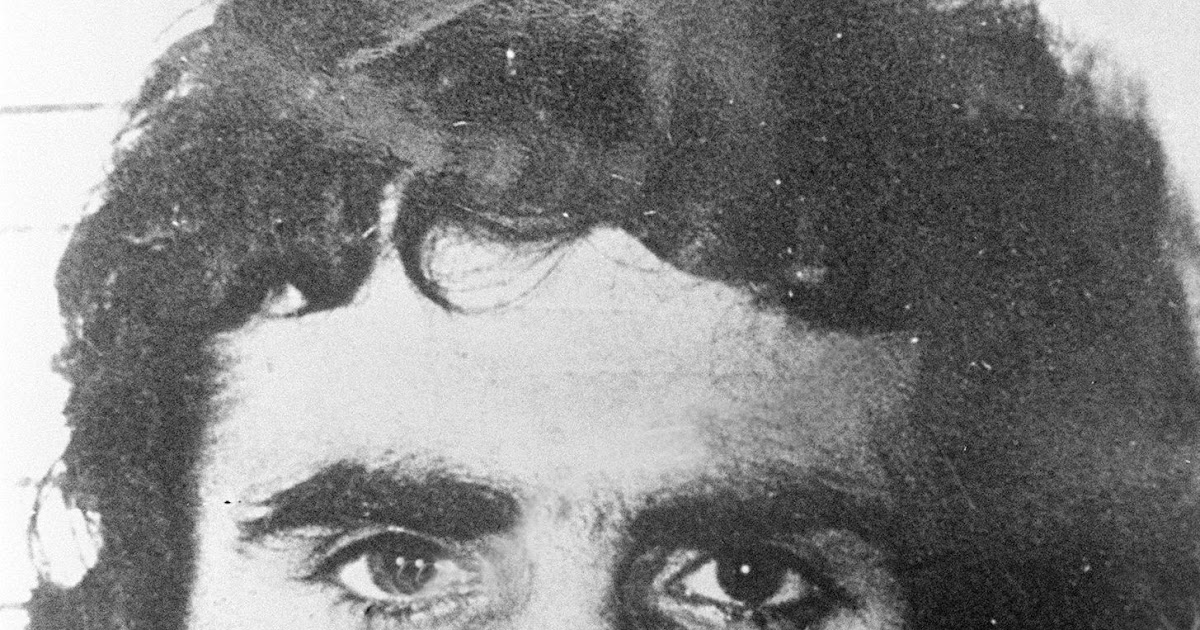
Introduction to Myra Hindley
Myra Hindley remains one of the most notorious figures in British criminal history. Known for her involvement in the Moors murders during the 1960s, Hindley’s actions have left a lasting impact on the UK’s societal view of crime and punishment. Her crimes, alongside her partner Ian Brady, sparked national outrage and ignited discussions on criminal psychology and rehabilitation.
The Moors Murders
Between 1963 and 1965, Hindley and Brady were responsible for the heinous abduction, sexual assault, and murder of five children and teenagers in Greater Manchester. The victims, aged between 10 and 17, were reported missing before their bodies were discovered buried on the moors. The couple’s methods were particularly brutal, and these crimes captured extensive media attention, leading to a moral panic around child safety.
Legal Proceedings and Convictions
In 1966, Hindley was convicted of the murders and sentenced to life imprisonment. The case was marked by controversy, particularly concerning the role Hindley played in the crimes. Her relationship with Brady was scrutinised heavily, as many believed she was equally complicit in the atrocities. Over the years, Hindley attempted to gain parole and often claimed to have reformed, yet her applications were consistently denied due to public outrage and the severity of her crimes.
The Public Perception and Legacy
The legacy of Myra Hindley has prompted extensive discussions regarding criminal justice and societal perceptions of female criminals. Her case led to questions about the nature of evil and the potential for rehabilitation in violent offenders. Hindley became a symbol of evil for many in Britain, and her story influenced the public’s attitude towards sexual and violent crimes against children.
Conclusion
Myra Hindley died in 2002, yet her actions continue to resonate in discussions surrounding criminal justice. The Moors murders remain a chilling reminder of the darkness that can exist within society. As conversations about crime evolve, Hindley’s legacy serves as a crucial point of reflection on the systems in place to protect vulnerable individuals and the complexities of understanding the human psyche. Her story prompts us to consider not only the failures of the system that allowed such crimes to occur but also the measures society continues to adopt in the face of crime. The ongoing interest in her life and crimes highlights the enduring impact of her legacy on British society.
You may also like

The Life and Legacy of Freddie Scappaticci

The Infamous Louvre Robbers and Their Audacious Heist
